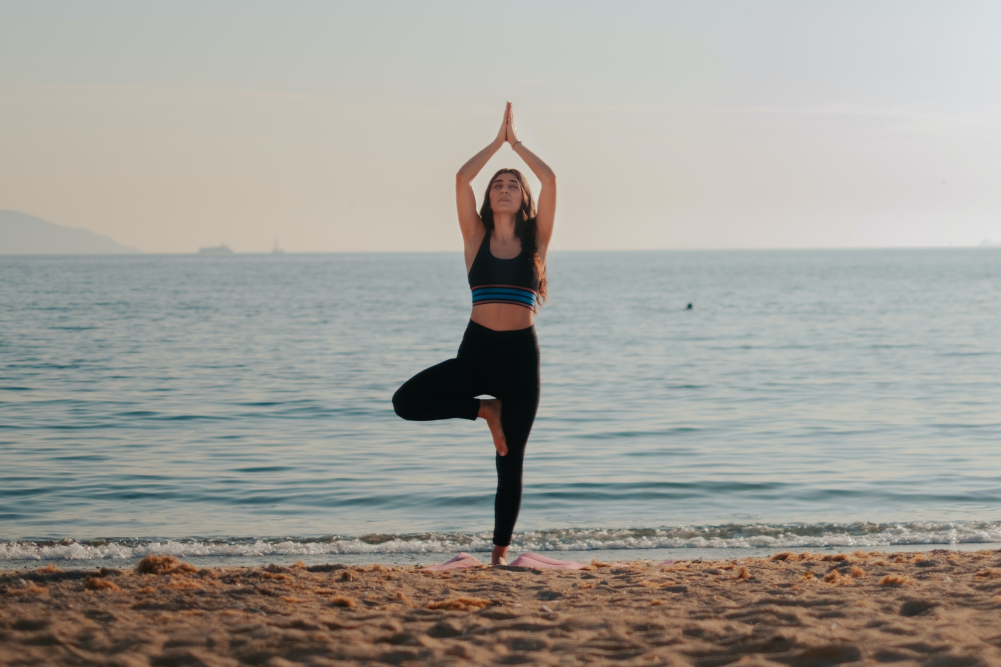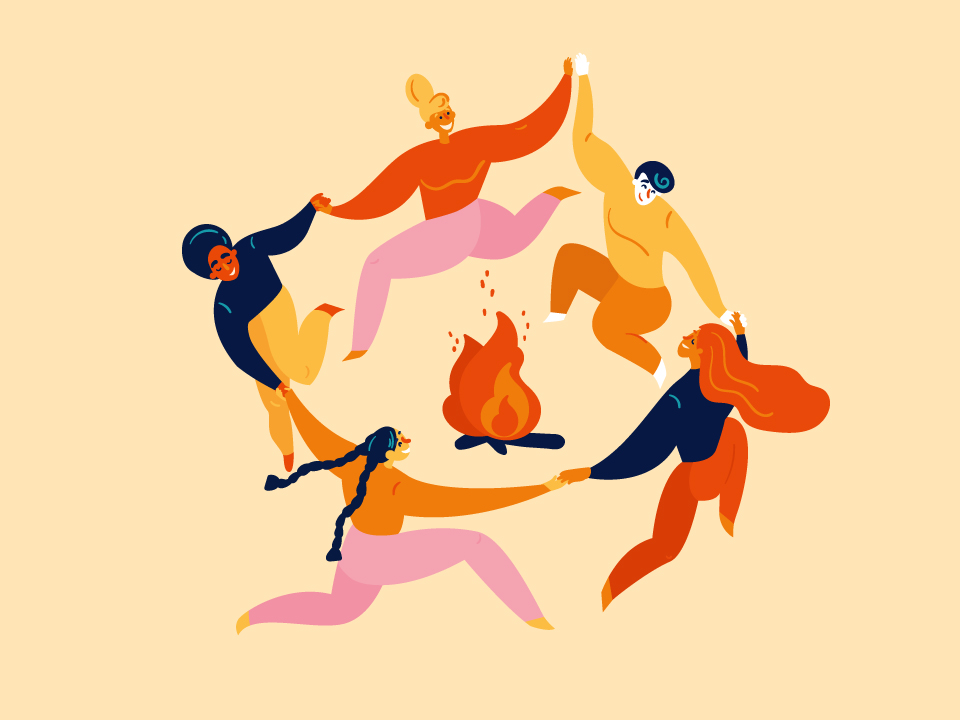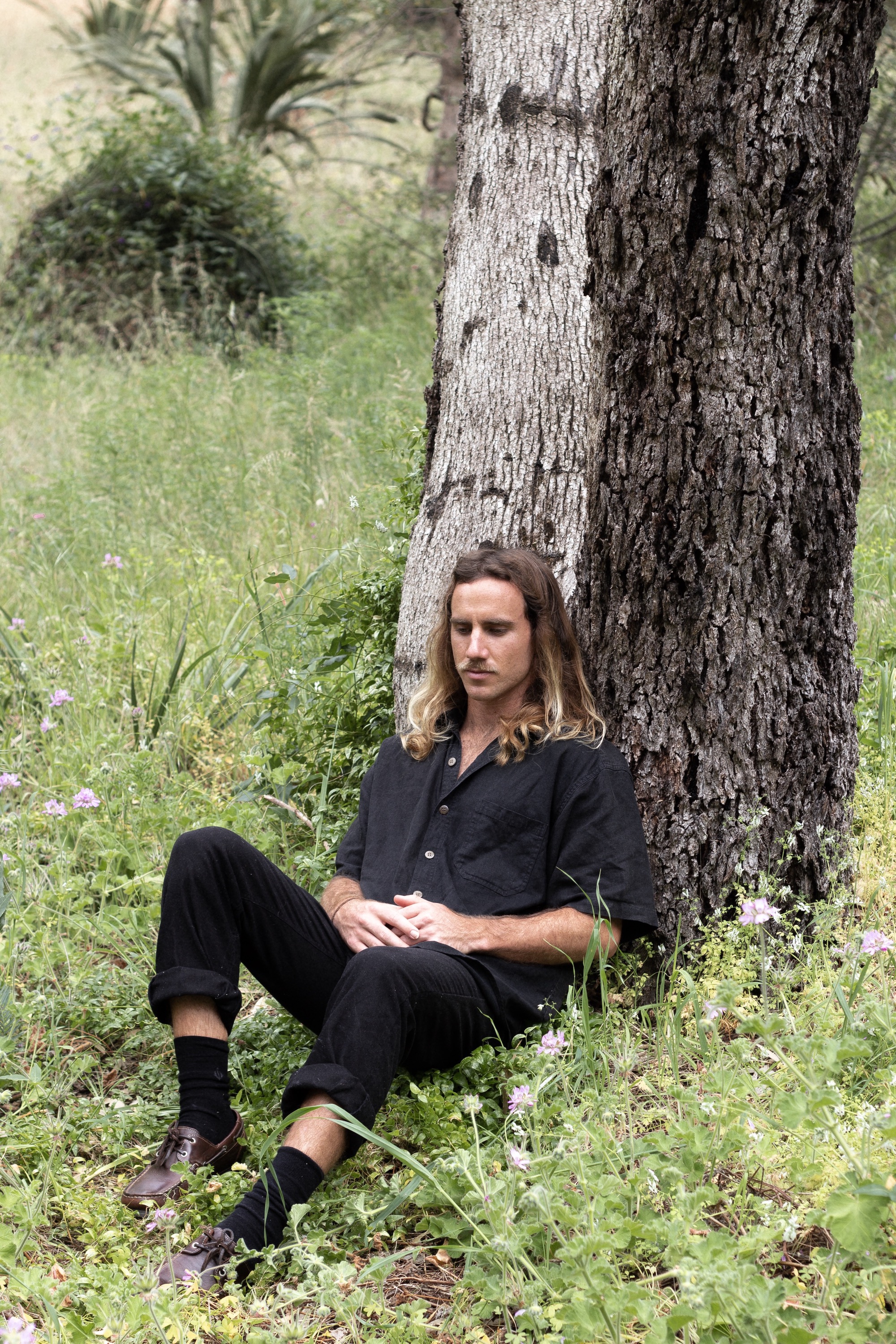History of yoga
Yoga originated in Northern India more than 5000 years ago, and is now a widespread part of modern-day culture in Western countries. The first use and definition of the word “yoga” features in the Rigveda, which is the earliest of the four sacred texts known as the Vedas. The Yoga Sutras of Patanjali is a collection of 196 Sanskrit sutras on the philosophy and practice of yoga, and is one of the most widely used texts on the practice today. Patanjali defines yoga in the second sutra as “the ability to selectively eliminate all extemporaneous thoughts or movements that occur in the mind and to choose where you want your mind to be, or where you want to focus it,” writes Eddie Stern in One Simple Thing, which is where the definition of yoga as “concentration” comes from. The interesting thing about the sutras is that much of the wisdom within them is just as relevant today as it was when they were first written. Another key takeaway from the history of yoga is that very little was said initially about the physical practice, yet that is the most widely used element of yoga in the Western world today.
The eight limbs of yoga
While the physical practice of yoga postures is an important element, it is actually just one-eighth of the practice of yoga. This is because there are eight different limbs of yoga, which are designed to be practised and thus embodied to achieve harmony and balance in life.
In One Simple Thing, author Eddie Stern explains the eight limbs of yoga as a practice of making conscious choices towards supporting our growth, honesty, discipline and transformation. “When looked at through this lens,
the eight limbs become a way for us to check in with all of our levels of engagement, from the level of the world and the people around us to the way we relate to our inner being,” he writes. The first five limbs can be understood as personal observances and physical practices, while the final three limbs are the inner states of concentration and absorption that are experienced as a result of practising the first five limbs.
In the Yoga Sutras, Patanjali outlines the eight limbs of yoga. Here is a brief summary of them:
Yamas — these are ethical and social restraints, which are a form of healthy boundaries: ahimsa (non-violence), satya (truthfulness), asteya (not stealing), brahmacharya (moderation) and aparigraha (not hoarding).
Niyamas — these are personal observances (internal practices): shaucha (purification), santosha (contentment), tapas (asceticism), svadhyaya (self-study) and Ishvara pranidhana (devotion).
Asana — the practice of physical postures. This is yoga, as it is widely understood. Asana not only restores physical health; it also helps to cultivate a peaceful mind.
Pranayama — this is the practice of breath control, which is done through breathing exercises. Pranayama is about infusing your body with vital life force (prana). These practices can strengthen and revitalise the body’s organs, while also nourishing the senses and nurturing the mind.
Pratyahara — this is withdrawing contact of the senses with objects of the world, otherwise known as sense withdrawal.
It begins with removing oneself from unhealthy sensory attachment. These practices begin to turn your attention inwards, towards your higher self and deepest wisdom.
Dharana — this is sustained concentration beyond either internal or external distraction, which involves harnessing your attention to a single point.
Dhyana — this is uninterrupted meditation, which is an advanced stage of concentration. Meditation develops a deep sense of clarity and peace of mind that is not ordinarily experienced.
Samadhi — this is a more refined and expansive experience of concentrated meditation. There is an uninterrupted feeling of peace, balance and bliss. Eddie describes samadhi in One Simple Thing as “the experience of a non-difference between the seer and seen”.
If we look at the eight limbs as conscious choices, as per Eddie’s description above and in his book One Simple Thing, the limbs can be further understood as these intentions:
Yamas — choosing consciously to interact with the world in thoughtful, loving, authentic, honest and respectful ways.
Niyamas — choosing consciously to prioritise spiritual practices and self-care disciplines.
Asana — choosing consciously to nourish the body and mind through the practice of physical postures.
Pranayama — choosing consciously to regulate the breath and nervous system through breathing practices.
Pratyahara — choosing consciously to withdraw the senses to connect deeply with the higher self.
Dharana — choosing consciously to direct (and redirect) focus and attention towards a single point.
Dhyana — choosing consciously to focus the mind and attention towards the object of focus.
Samadhi — choosing consciously to shift awareness towards an experience of balance, bliss and consciousness.




